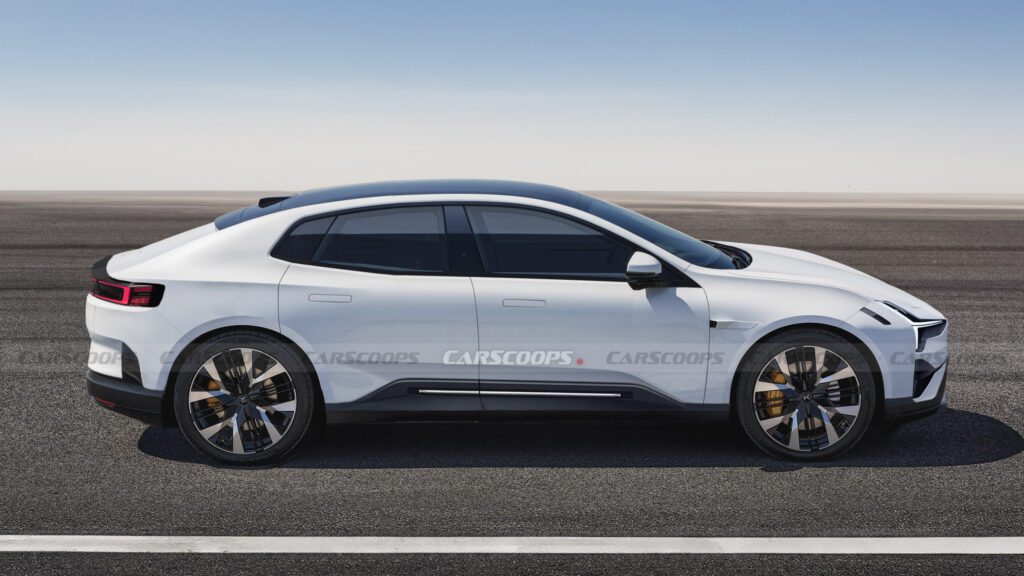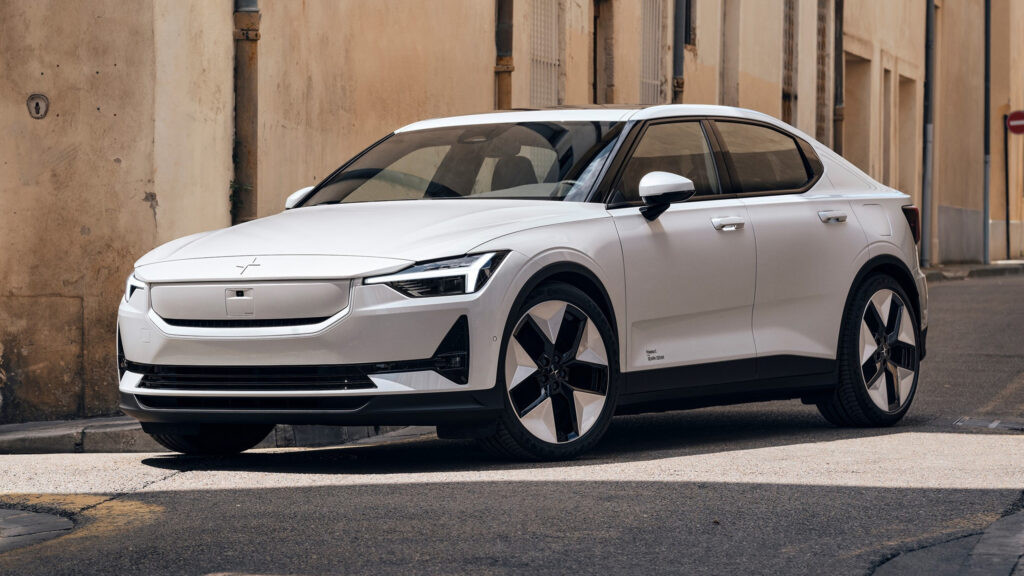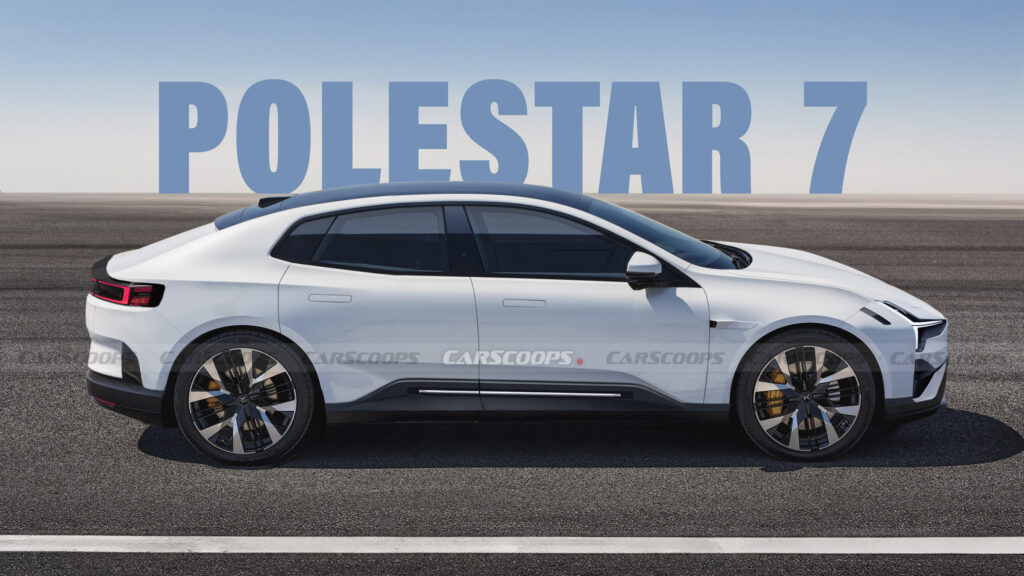- Forget size assumptions, the Polestar 7 is the chronological successor to the Polestar 2, likely remaining the brand’s entry-level EV.
- Unlike the VW Golf’s repetitive cycle, the Polestar 7 promises a radical departure, embracing fresh design and avoiding limitations.
- Expect the Polestar 7 at least 3 years from now, taking the baton from the successful Polestar 2 (introduced in 2020) by 2027.
The Polestar 7 has been confirmed as the next model under development by the Swedish automaker. CEO Thomas Ingenlath has named it as the future successor to the Polestar 2 electric sedan, although no specific debut date has been provided.
While the number 7 is typically associated with larger vehicle segments, for Polestar, it has nothing to do with the model’s footprint. The Chinese-owned automaker follows a chronological naming strategy for all of its models since the debut of the Polestar 1 back in 2017.
More: Polestar Working On New BST Performance EVs
Ingenlath didn’t delve into specifics about the design of the new model, stating, “What type of car and how we will do it, we can discuss when it’s time.” However, he confirmed that it will be “comparably positioned” to the Polestar 2 within the future lineup. This suggests that it will likely retain its status as Polestar’s entry-level EV offering, positioning it as a rival to the Tesla Model 3.
Speaking to Autocar, the CEO hinted that the Polestar 7 could be radically different from its predecessor: “As much as we might build a very similar car, because it has a different number we won’t have this natural trap where we’re boxed into that concept of what the car had been”. Using the VW Golf as an example, he said that having a long model line with double-digit generations is “very limiting in terms of innovative power”.

Illustration: Thanos Pappas for CarScoops
Our purely speculative rendering above depicts a low-slung EV based on Polestar’s latest styling language. The surfacing and the lack of a rear windshield are borrowed from the Polestar 4, although we opted for a more aerodynamic stance, a different greenhouse, and lighting units similar to those of the Polestar 3.
As for the underpinnings, the Polestar 7 could potentially ride on a variation of Geely’s Sustainable Experience Architecture (SEA), which is already shared among various models, including the Polestar 4. With advancements in technology expected by the time of its release, it may offer a blend of long-range capabilities and competitive performance credentials.
The Polestar 2 was introduced in 2020 and received a mid-lifecycle update in 2023. It remains Polestar’s best-selling product with over 150,000 units sold in 26 markets. The end of its lifecycle is expected close to 2027, meaning that the debut of the Polestar 7 is at least three years away.
Future Investments
The company is fresh out of a divorce with Volvo, resulting in a significant reduction of Volvo’s stake in Polestar to 18 percent, while Geely became the majority owner. Ingenlath downplayed reports of financial troubles, stating that Polestar has the ability to secure funding from alternative sources.
A total of $1.3 billion is needed for Polestar to establish production of its upcoming EVs, with $950 million already sourced as a form of a three-year loan. The CEO is confident they will “manage the last remaining bit” of $350 million.
Ingenlath acknowledged that the recent decline in EV demand could potentially affect Polestar’s future. However, he emphasized that Polestar operates differently from companies like BYD and Tesla, which focus on high-volume production: “We aren’t BYD. We aren’t Tesla. We don’t have factories and volumes that go into the millions. We have a very clear premium, luxury target audience and a portfolio that is catered to that. We aren’t in the volume game of the mass market.”
Note: This story includes a rendering that is not affiliated with nor endorsed by Polestar.









